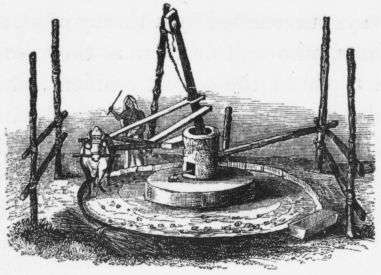The Syrian Archeological Team discovered parts of an architecture that included several tombs and funeral findings at Tal Shair site in the northeastern area of Hasaka dating back to the Middle Bronze Age in the 3rd millennium B.C.
Member of the Executive Bureau and in Charge of Tourism, Archeology and Arts Department Mohammad Shamsuddin in Hasaka Governorate said the team also discovered parts of another architecture made of stones and traditional ancient building blocks dating back to the Islamic period and part of a building dating back to the second half of the 3rd millennium B.C.
He added that the French archeological team also unearthed parts of another building as well as clay jars and spinning tools at Tal al-Faras site dating back to the 4th millennium B.C. In Lattakia, on the Syrian coast, a family burial site was discovered as workers were digging the ground for a new building in al-Farous neighborhood in the city.
The collective burial site consisted of a narrow entrance leading to a wide room-shaped hall with 11 tombs along with clay tools. Director of lattakia Ruins Department Jamal Heidar said the clay tools were used to preserving fluids such oils and wines by which lattakia was famous during the Classical Periods.

He added the tombs dated back to the Romanian Period around 1,000 years ago.
In Idelb, north of Syria, the Ruins Department discovered an ancient oil press building dating back to the Byzantine Age in the village of Akrabat near Harem city. Director of the Department Nicolas Kabbad said clay findings and stone sculptures were discovered in the oil press along with a deserted water well and stone staircases leading to a small underground.
He added that specialized experts in his department were going to document and classify these new findings and continue excavations works.
The new findings prove that planting olive trees and extract of edible oils were very ancient practice in this Syrian area.
- Ahmad Fathi Zahra
Reprinted courtesy of Syrian Arab News Agency


